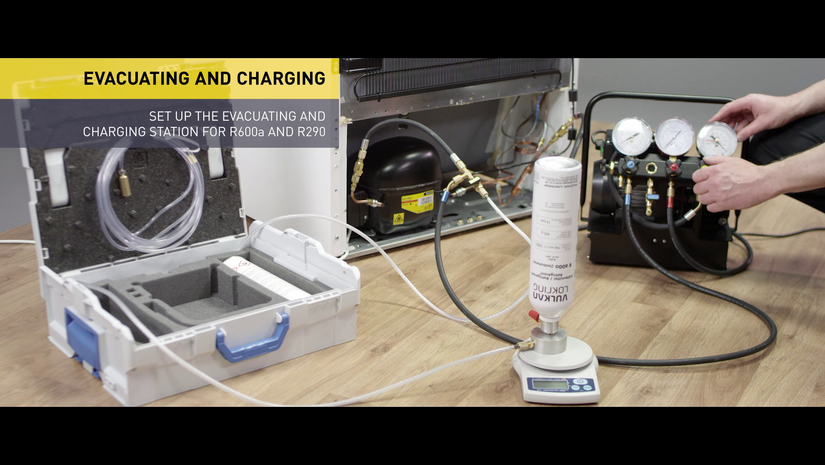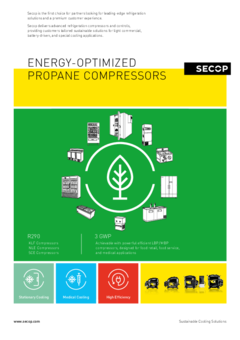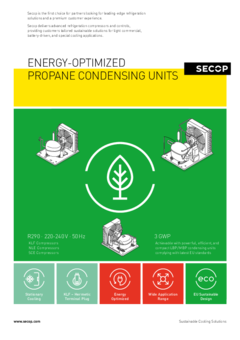Natural Refrigerants
Isobutane (R600a) is the hydrocarbon (HC) most frequently found in domestic fridges and freezers, whilst propane (R290) is common in commercial heat pump, air-conditioning, refrigeration, and freezer applications.
In addition to their environmental benefits, hydrocarbons are a cost-saving option for heating/cooling and also for freezing. A common replacement for fluorocarbons (now lacking green credentials), HCs substitutes are compatible with oils and components found in many existing systems. They can be purchased more cheaply and also offer superior energy efficiency, reflected in more-affordable running costs.
Secop has been developing and promoting highly efficient compressors that use hydrocarbons (R290 and R600a) for more than 25 years. In 1993 Danfoss Compressors (Secop) introduced compressors for R600a and in 1999 compressors for R290.
The introduction of hydrocarbons R600a and R290 helps to protect the environment and updates commercial refrigeration systems with the latest generation of a highly efficient compressor technology.




